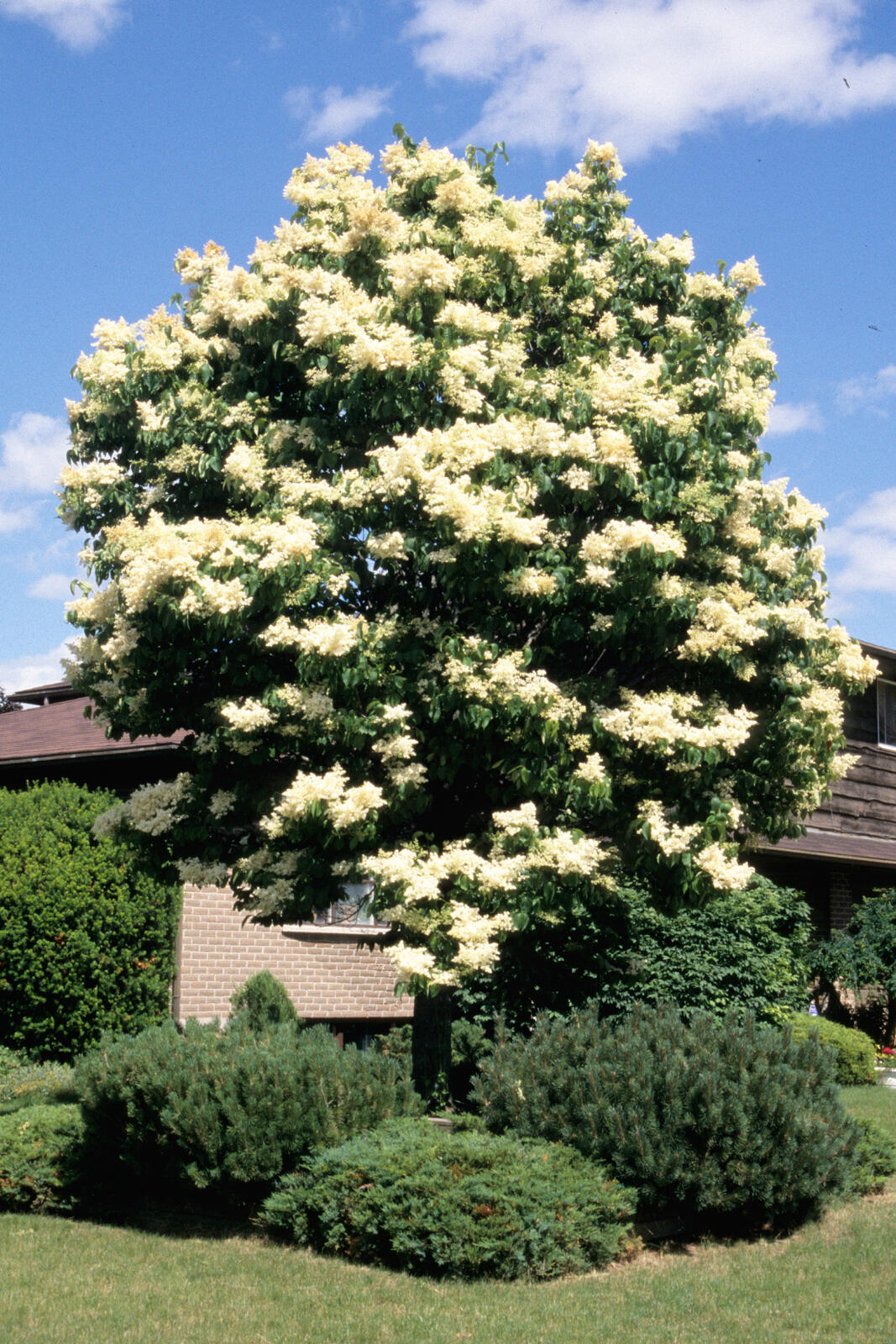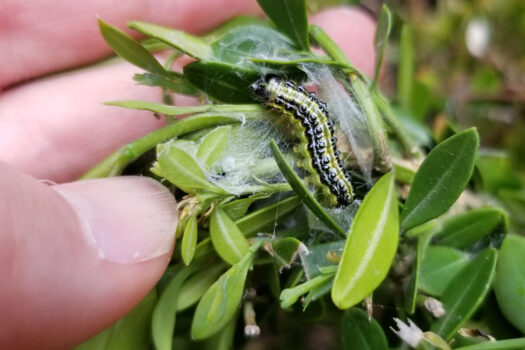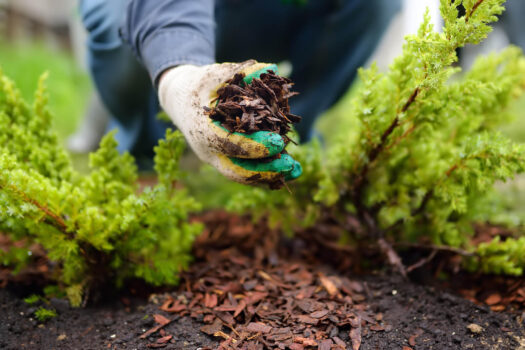| Syringa reticulata cvs. Japanese tree lilac cultivars
|
| Description | The Japanese tree lilac is a compact, sturdy tree that has showy, fragrant blooms, is resistant to most pests and diseases, transplants well and grows in a wide range of soil conditions. |
| Usage | Specimen, street tree, tree lawns, groupings. |
| Origin | Japan |
| Hardiness zone | 2,3 |
| Size | 6-8m |
| Form/texture | Upright oval, dense branching give it a medium texture with lovely bark. |
| Growth rate | Medium. |
| Leaf | Opposite, simple, dark green, in autumn often fall without changing colour. |
| Flower | Very showy, creamy white panicle, fragrant. |
| Fruit | Quite showy green fruit is ripens to a brown, dehiscent persistent capsule. |
| Exposure/culture | Full sun. Grows on many soils, poor, clay, alkaline. Tolerates prolonged dry soil. Moderately tolerant to de-icing salt (Beckerman). Easy to transplant. Pest and disease resistant, though may get powdery mildew during hot humid Ontario summers. Though plentiful seed pods are produced, there is little danger of invasiveness. |
| Comments | The reddish brown bark is quite attractive, being cherry-like with horizontal grey lenticels.
‘Ivory Silk’ is the preferred S. reticulata for its young blooming age and smaller size. ‘Summer Snow’ had equal performance in the Municipal Tree Restoration Program (Gerhold) and was slightly shorter, for better application beneath utility lines. Syringa pekinensis is now considered a subspecies of S. reticulata (The Plant List). This will expand choice within the species. To avoid overuse, choose tree lilacs for spots where choices are limited by height restrictions and growing conditions. |


Reference:
Beckerman, J. and B.R. Lerner. 2009. Salt Damage in Landscape Plants. Purdue Extension Publication ID-412-W. Purdue University.
Gerhold, H. D. 2007. Tree Lilac (Syringa reticulata) Cultivars Tested as Street trees: Second Report. Arboriculture and Urban Forestry 33(3): 182-184.
The Plant List. http://www.theplantlist.org/









